Market Trends
Key Emerging Trends in the Solar Charge Controllers Market
The other major type of solar charge controller is the maximum power point tracking (MPPT) controller. The Solar Charge Controllers market industry is anticipated to reach $1.98 billion by 2032 from $1.17 Billion in 2023, growing at a CAGR (compound annual growth rate) of 6.80% during the forecast period 2023-2032). Cost leadership becomes an important strategy for Solar Charge Controller Market Companies. Companies try to become cost leaders through the optimization of their manufacturing processes, economies of scale, and strategic material sourcing. Therefore, they can provide high-quality charge controllers at reasonable prices, which attract customers on budget while maintaining a good performance level without compromising reliability. Achieving a balance between expense-effectiveness and very tight quality standards is vital when one has to cater to different needs within a market where people look at affordability, especially when adopting solar energy. Market segmentation plays a critical role in shaping competition within the Solar Charge Controllers Market. Companies identify distinct groups of clients who have unique requirements regarding solar electricity production; hence, they design specific controllers accordingly. Strategic alliances, partnerships, and collaborations are common in the Solar Charge Controllers Market. In some cases, companies enter into agreements with solar panel makers, energy storage companies, or system integrators to gain market influence. A company willing to expand its customer base through entry into new regions or nations with high demand for renewable energy will find geographical expansion as the most suitable strategy. Successful penetration and establishment into a diverse market requires an understanding of local regulatory landscapes, solconditions, and market dynamics. To achieve continuous success in this industry, there must be customer-oriented strategies such as comprehensive technical support services, user-friendly interface designs, and educational resources. Creating customer satisfaction by establishing trust in their brands is important because satisfied customers spread the word about the product, which affects others' potential purchasing decisions. In conclusion, the Solar Charge Controllers Market is a very fast-moving sector within the renewable energy landscape. Differentiation, cost leadership style, segmentation of markets, collaboration partnership, international expansion strategy, and customer-centric approis are some of the ways used by the player in positioning their business strategically for competitive edge gain.

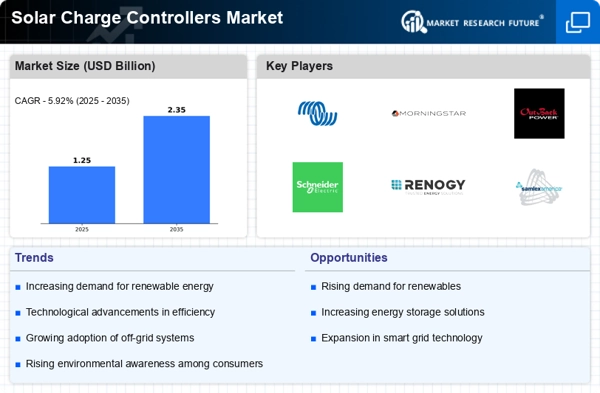
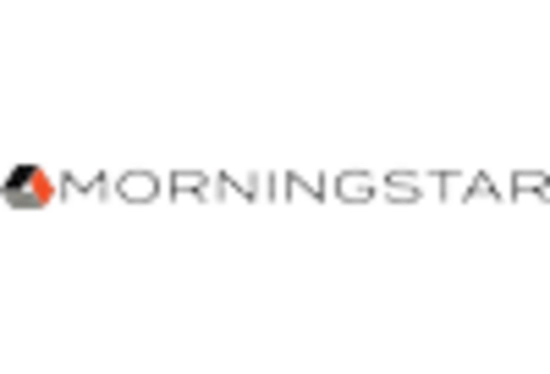
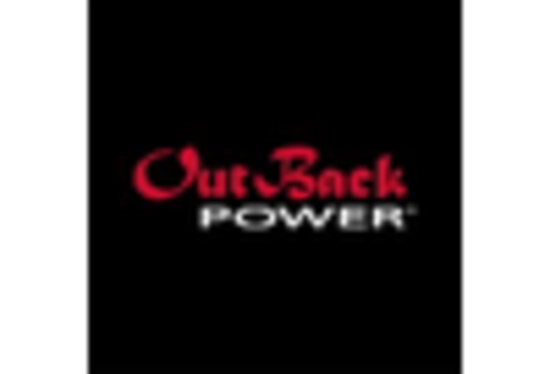
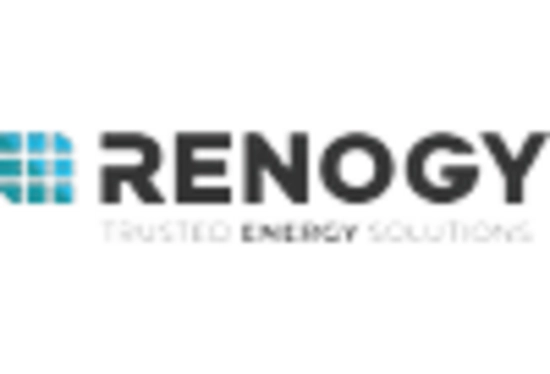
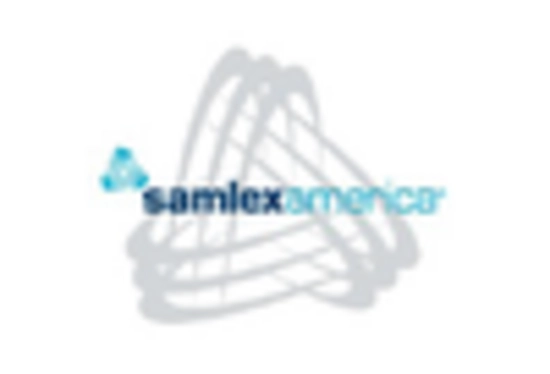

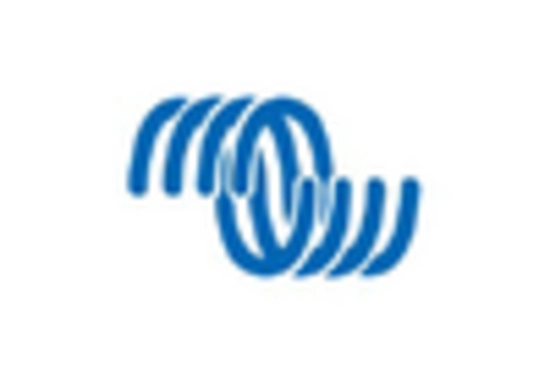

Leave a Comment